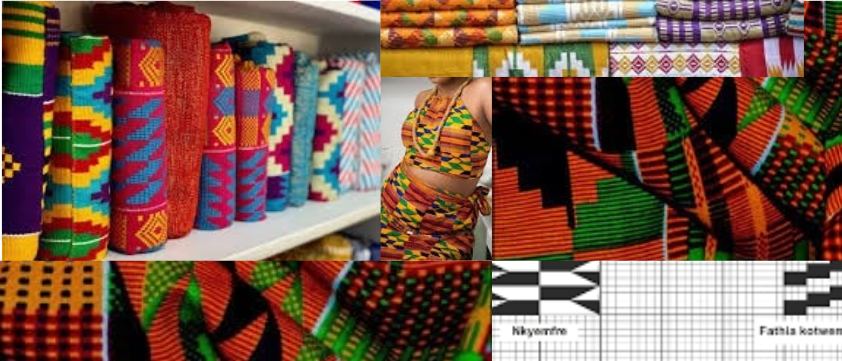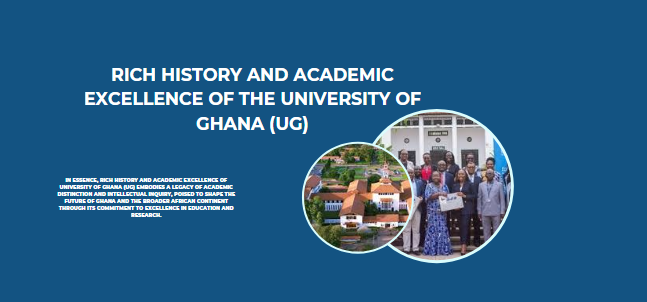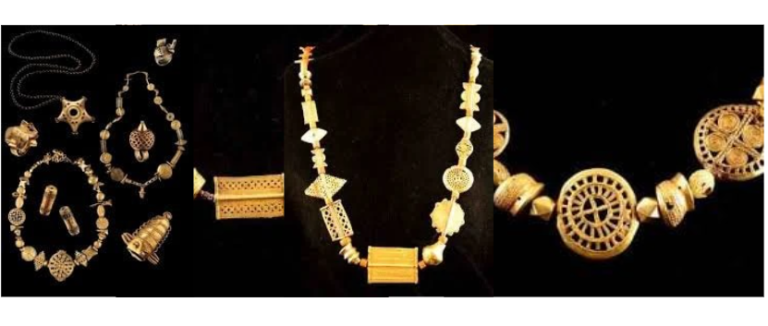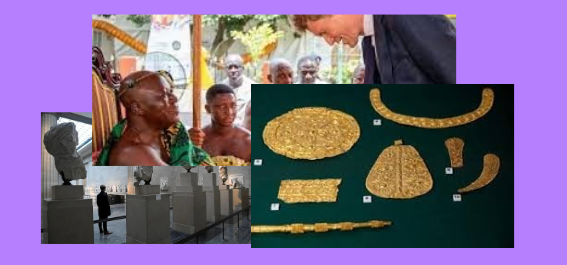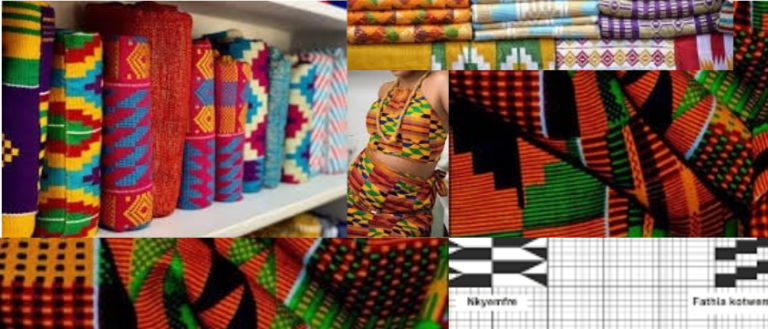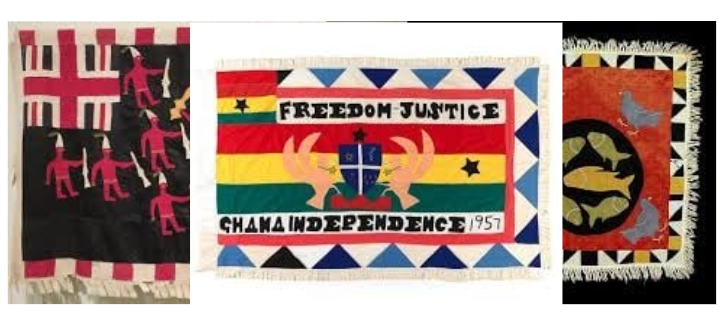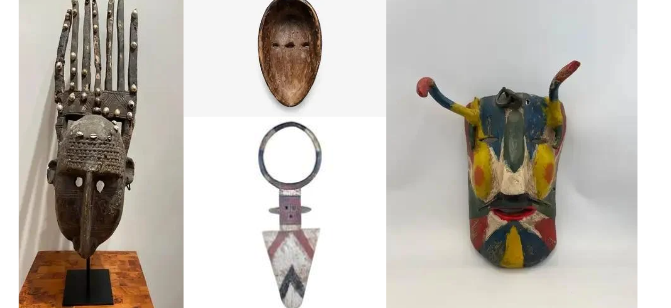
The Six Antique tribal masks from Ghana
Ghana, locate in West Africa, is renowne for its rich cultural heritage, particularly in the realm of tribal masks. These intricately designed artifacts serve various purposes within Ghanaian communities, including religious and social functions. In this article, we will delve into the histories and significance of six antique tribal masks hailing from Ghana.
Ashanti Golden Stool Mask
The Ashanti Golden Stool Mask is a symbol of the Ashanti monarchy’s power and authority. The mask represents Ose Anuade, the deity believed to have brought the Ashanti people to their current location. They fabrique the mask from gold and other precious metals, adorned with intricate designs and symbols that represent various aspects of Ashanti culture. And they keep them in a shrine when not in use during important ceremonies and rituals.
Fante Adomako Hene Mask
The Fante Adomako Hene Mask is a headdress used by the Fante people during funerals and other significant events. This mask features an elongated face with protruding eyes, a large mouth filled with teeth, and a prominent forehead adorned with cowrie shells. The mask represents the spirit of the deceased ancestor and serves as a reminder of their presence within the community.
Ewe Kpese Mask
The Ewe Kpese Mask is used during initiation ceremonies for young men transitioning into adulthood within the Ewe community. This mask features a wide face with bulging eyes, a large mouth filled with teeth, and elaborate carvings on its surface that represent various aspects of nature and spirituality. The mask serves as a symbol of transformation and strength for those undergoing initiation rites.
Ga Dzogbese Mask
The Ga Dzogbese Mask is used during festivals celebrating the Ga people’s history and traditions. This mask features an elongated face with protruding eyes, a large mouth filled with teeth, and intricate carvings depicting various scenes from Ga mythology. The mask represents the spirit of ancestors who have passed down their wisdom through generations within the Ga community.
Dagomba Bisaabu Mask
The Dagomba Bisaabu Mask, they use it during funerals to honor deceased chiefs within the Dagomba community. This mask features an elongated face with protruding eyes, a large mouth filled with teeth, and intricate carvings representing various aspects of nature and spirituality. The mask serves as a reminder of the deceased chief’s power and authority within their community even after death.
Nzema Ntomfuo Nkabom III Mask
The Nzema Ntomfuo Nkabom III Mask is used during royal coronations. Within the Nzema community to represent King Nkabom III himself. When he cannot be present physically at ceremonies or events. Due to his busy schedule or travel commitments outside Ghana’s borders. This mask features an elongated face with protruding eyes. A large mouth filled with teeth, and intricate carvings representing various aspects of nature. And spirituality unique to the Nzema people’s culture. Authoritative References Used: 1) “African Art: A Century at Boston Museum of Fine Arts” by Susan Vogel 2) “African masks: A very short introduction” by Frank Willett 3) “Ghanaian Traditional Religion” by Jemima Pierre
Last lines
In exploring the six significant antique tribal masks from Ghana, we’ve uncovered a rich tapestry of cultural heritage and tradition. Each mask tells a story, not only of the specific community it belongs to. But also of the broader Ghanaian identity. From the Ashanti Golden Stool Mask, symbolizing power and ancestral ties, to the Nzema Ntomfuo Nkabom III Mask. Embodying the continuity of leadership and presence, these artifacts are more than mere objects. They are living connections to the past, present, and future of Ghanaian culture.
